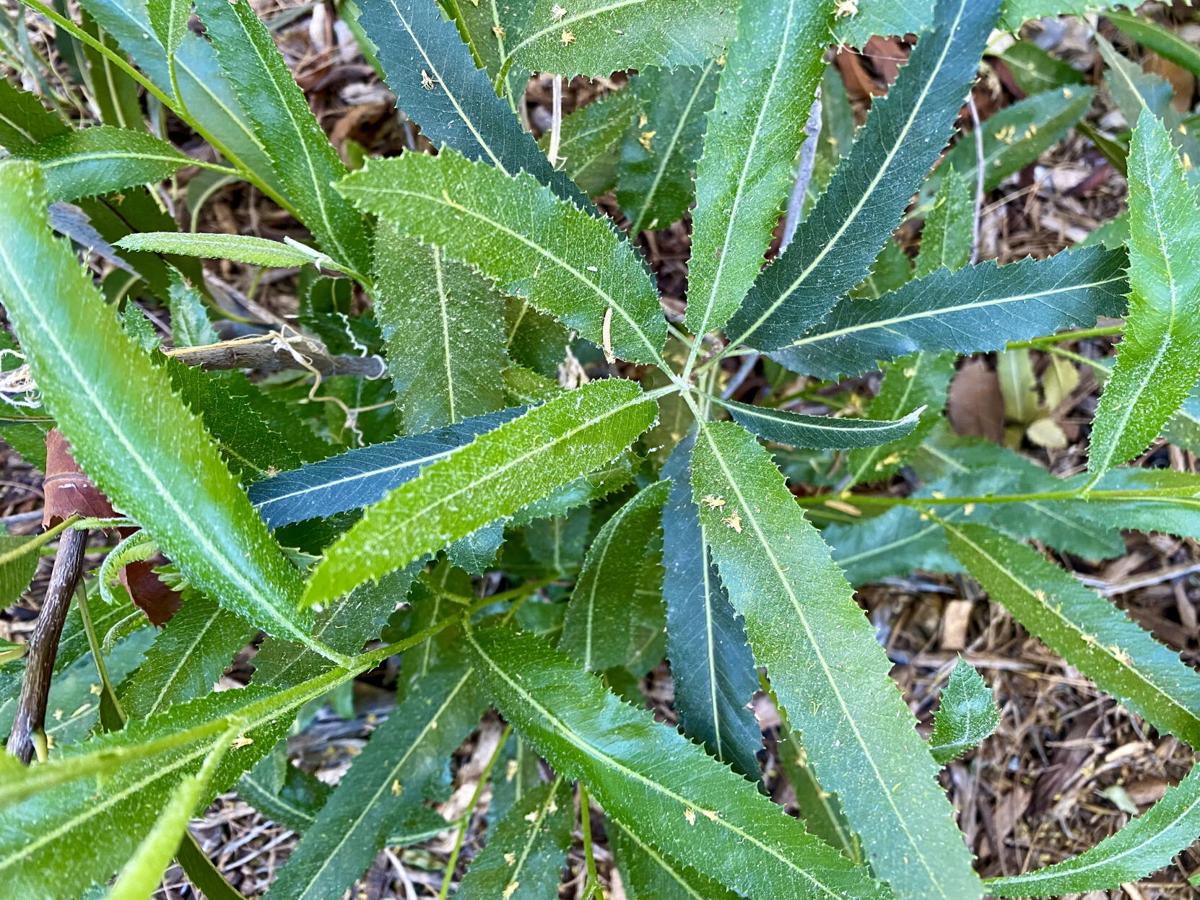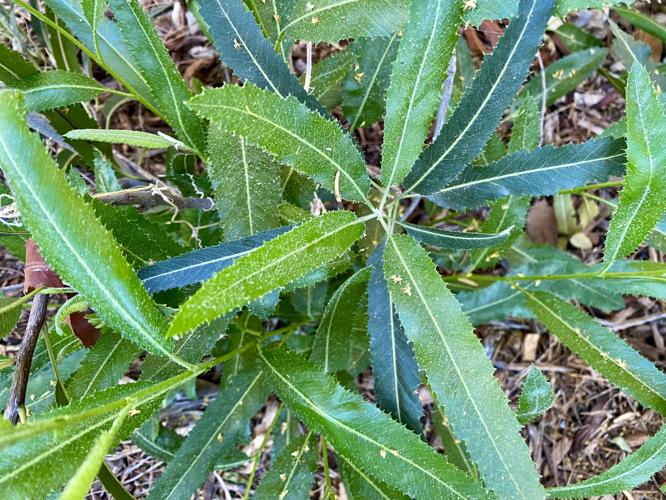The ) is a great Sonoran desert native alternative to oleander. Itтs a large evergreen shrub, potentially growing to 30 feet in height and 10-15 feet in width; however it usually stays under 20 feet tall in our climate. It responds well to some pruning and can be used as a semi-formal flowering hedge, but do not shear it.
The УлшжжБВЅ rosewood is from the rose family. The flowers are a lovely creamy white and grow in clusters and attract pollinators. The leaves are a deep green, and about 4 inches long, narrow, with serrations along the edge. The flowers turn into small brown fruits, which drop, so if youтre concerned about patio messes, you may want to plant these a bit farther back from hardscape areas. The plant grows relatively slowly, although it will speed up a bit once it gets established if you give it regular irrigation. It is very hardy (down to 10 F) and drought-tolerant.
People are also reading…

After the flowers and seeds drop off, the УлшжжБВЅ rosewood has clusters of decorative brown seed heads.
Because of its large size and thick vegetation, it makes for a great screening hedge and windbreak. It also provides habitat for local birds. The plant is also a larval host for the .
The УлшжжБВЅ rosewood tolerates our full sun and even does well with reflected sun. The plant likes well-draining soil, but prefers little organic matter (so donтt add any amendments when you plant it). Once established, you can water it just once a month, although more frequent watering might help it grow a bit faster. If you want to control its size, keep the watering to once a month and it will likely stay less than 10 feet tall. It can also be pruned to the shape of a small tree. It is susceptible to Texas root rot, so do not plant it in areas where other plants have been infected.
Unlike oleander, which is poisonous, the УлшжжБВЅ rosewood is nontoxic. Itтs a perfect plant for larger, hot spaces if you have time for it to grow to its impressive size. It is not aggressive, and will not spread in your yard.
For more gardening information and articles on gardening in the УлшжжБВЅ area, !
Do you have any gardening topics you'd like to see covered in the УлшжжБВЅ Garden Guide? Email me at dheusinkveld@tucson.com with your suggestions and questions. Thanks for reading!




























